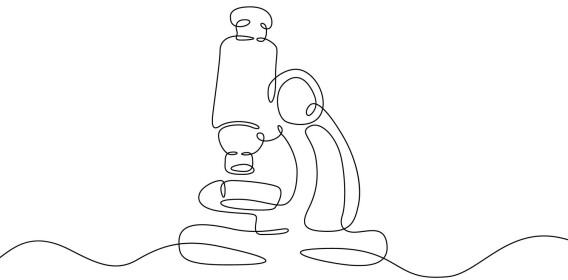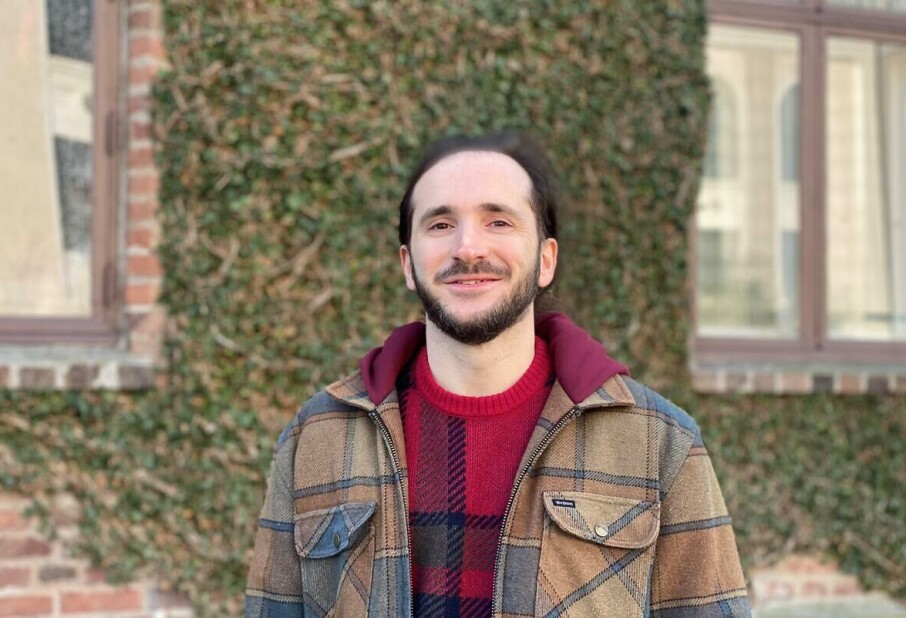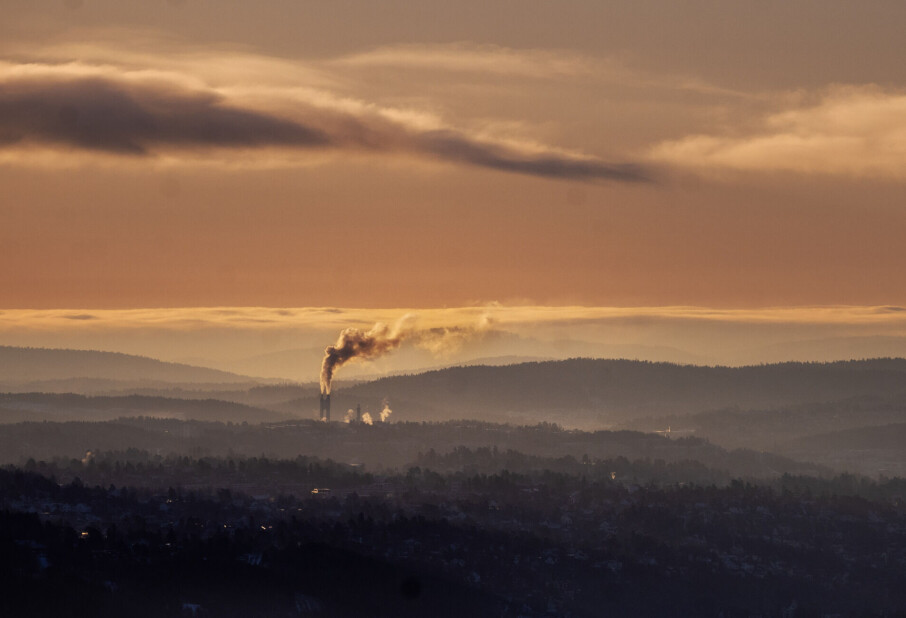Researcher on climate change:
"Less pessimistic than ten years ago"
Global emissions continue to rise, but renewable energy in many countries is slowing the growth in emissions, according to the International Energy Agency.

The continuing rise in emissions is dampening the mood at the climate summit underway in Belém, Brazil.
"Climate change is no longer a threat of the future. It is a tragedy of the present," said Brazil's president, Lula da Silva, when the negotiations began this week.
The situation is further complicated by the United States’ absence and by reduced unity among EU countries regarding the union's climate strategy.
Even so, many experts point out that measures implemented in a wide range of countries are having an effect. Expanding renewable energy is slowing the growth of emissions.
"Global emissions will almost certainly start to fall within the next five to ten years," researcher Robbie Andrew at CICERO Center for International Climate Research tells Norwegian news agency NTB.
The summit in Paris
The Belém climate meeting takes place ten years after the Paris Agreement was adopted at a summit in the French capital.
The agreement has served as the global framework for efforts to limit and address climate change. And Andrew says a great deal of positive change has occurred over the past decade.
"I'm less pessimistic now than I was in 2015," says Andrew.
Most viewed
At that time, projections suggested the world was headed towards between 3 and 3.5 degrees of warming.
Current estimates from the UN Environment Programme (UNEP) indicate the world is now on track for 2.3 to 2.5 degrees.
"Almost inevitable"
It still appears unlikely that the Paris Agreement’s goals will be met. The ambition was to keep global warming under 2 degrees – and preferably below 1.5 degrees.
The head of the UN climate panel, Jim Skea, acknowledged this week that missing the 1.5-degree target is now almost inevitable.
Even so, the global community seems to have shifted direction and moved away from the most dangerous scenarios.
"Things have gone better than one might have expected ten years ago," says Andrew, who works on calculations of greenhouse gas emissions in various countries.
"A snowball effect"
According to Andrew, part of the reason for this shift traces back to a decision made alongside the adoption of the Paris Agreement.
Countries at the Paris summit requested a report from the UN climate panel on the consequences of surpassing 1.5 degrees of warming. The report revealed that the impacts of crossing this threshold were likely more severe than many had previously understood.
"One line in the Paris Agreement led to the report, which then triggered change. It created a snowball effect," says Andrew.
Countries gradually began tightening their emissions-reduction targets. And the business sector realised that there was demand for climate-friendly solutions. Faster technological development made green technology cheaper.
In contrast to before, developing countries were also asked to set their own targets for limiting emissions. The targets are voluntary, but the Paris Agreement requires that they be updated and increased every five years.
More solar power
Ten years later, solar, wind, and nuclear power, along with heat pumps and electric cars, are helping to slow greenhouse gas emissions, according to the International Energy Agency (IEA).
In many countries, solar power plants are being built at a rapid pace. The need for coal power – with its high CO2 emissions – is therefore lower than it otherwise would have been.
"By 2030, we expect renewables to be meeting half of global electricity demand," IEA Executive Director Fatih Birol predicted last year.
When new power plants are to built today, renewable energy is the cheapest option in almost every country in the world, according to Birol.
Trump: "Greatest con job"
The EU and China are among the biggest investors in solar and wind power. In 2023 alone, China installed more solar panels than the United States had over its entire history, according to Bloomberg.
Because China has 1.4 billion people and the world’s largest emissions by far, developments there have enormous global implications. Its emissions are still rising, but Beijing now promises to cut emissions from 2035.
Meanwhile, US President Donald Trump is fully backing coal, oil, and gas.
"Climate change is the greatest con job ever perpetrated on the world," Trump said at the UN General Assembly in September.
He also argued that the EU has lost jobs and industry by pursuing emissions cuts. Since 1990, the EU has reduced its emissions by 37 per cent.
Prices continue to drop
Robbie Andrew says it's difficult to foresee the full impact of the US’ policy reversal.
He reminds us that former president Joe Biden previously passed a major initiative on renewable energy and electrification.
"That's gone in the bin now," says Andrew.
Still, he believes many other countries will continue to invest in electric cars and solar technology – especially because they keep getting cheaper.
With emissions still climbing, Andrew believes many regions will face tough conditions in the coming decades. Weather will become more extreme, and in some parts of the world it will become very hard to live.
"We're not going to wipe ourselves out, but the world will not be the same as the one we grew up in," says Andrew.
———
Translated by Alette Bjordal Gjellesvik
Read the Norwegian version of this article on forskning.no
Related content:

Subscribe to our newsletter
The latest news from Science Norway, sent twice a week and completely free.


























































